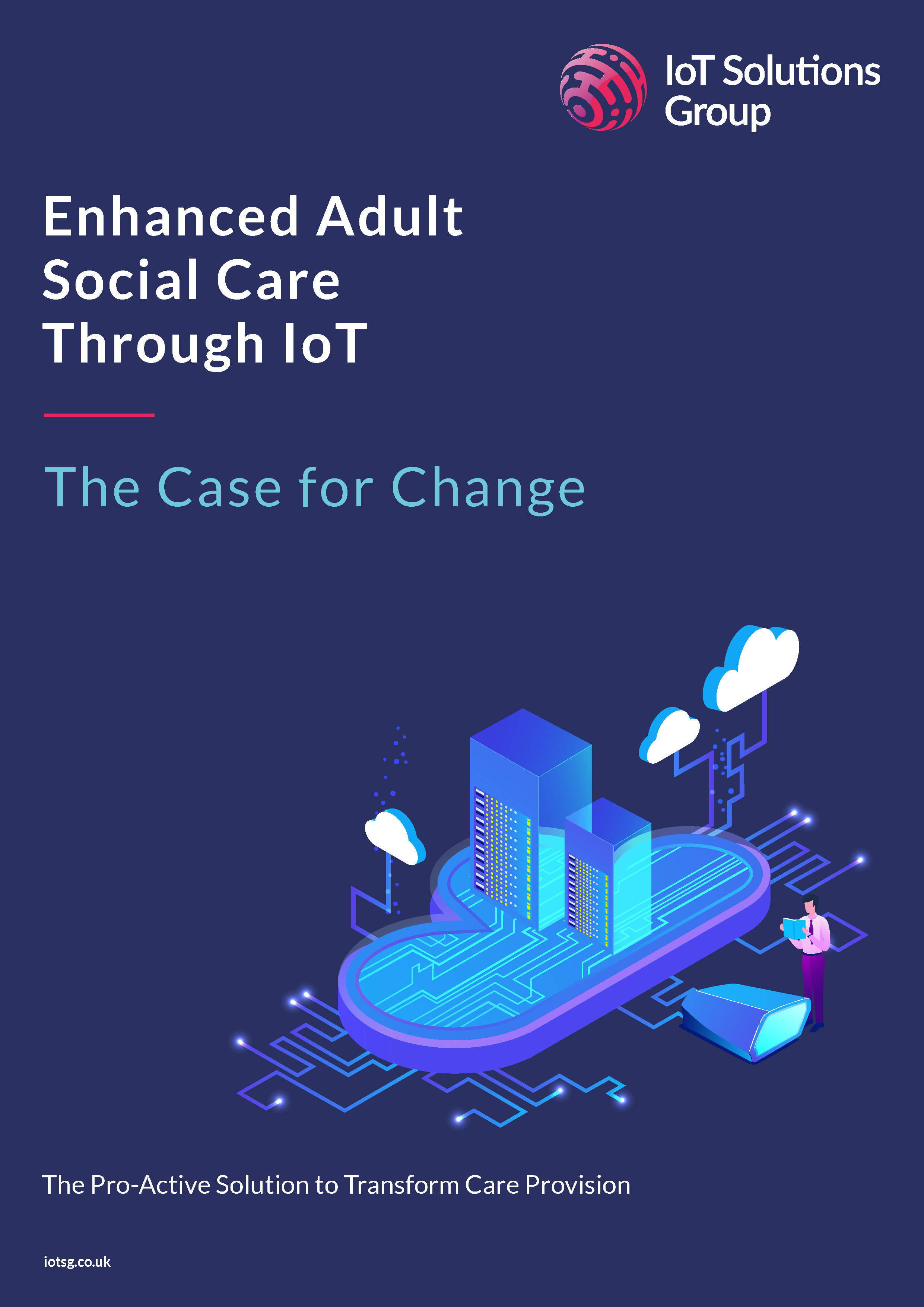What can IoT do to alleviate pressure on care providers amid staff shortages?

Throughout the coronavirus pandemic, the delivery of adult social care services in the UK has been consistently affected by staff shortages caused by the rapid and ever-evolving spread of the disease.
These staff shortages have placed tremendous pressure on the sector, which was already seriously understaffed and underfunded before COVID.
With a depleted number of carers striving to fill the service gaps left by their absent colleagues and funding barely providing enough to meet future demand or tackle more immediate challenges, the industry is well and truly struggling.
IoT technology is helping to give the ailing sector a much-needed shot in the arm, offering a cost-effective way of providing those most in need with uninterrupted access to the care services they depend on.
For example, easy-to-use, IoT battery-powered sensors are being installed in the homes of vulnerable residents. These sensors are helping to safeguard the residents' health and wellbeing by monitoring their day-to-day activity, using a combination of historical and real-time data.
In response to any sudden drop in activity, the sensors send an alert message to carers, enabling appropriate action to be taken. Recent installations have shown that the technology is highly effective at minimising the risk of severe injury or even death.
By unobtrusively monitoring a resident's daily activity, this low-cost technology not only helps to protect their health and safety but also alleviates financial and logistical pressure on care providers whose services are already stretched so thinly.
What's more, a decrease in the number of physical visits made to a resident's home reduces the chance of a carer passing a COVID infection onto a resident, or vice versa.
As a low cost and versatile solution that offers views of both historical and real-time data, the technology is undoubtedly a viable option available to care providers for supplementing existing services.
Adult Social Care and IoT - The Case for Change
This document explores new ways of supporting independent living for vulnerable residents through the use of IoT.
Please send me the document - here are my details






